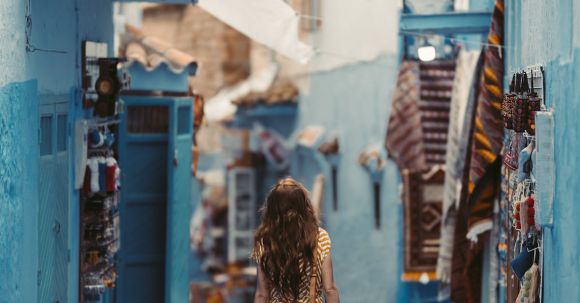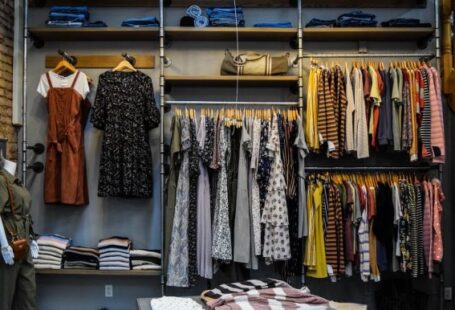In recent years, there has been a growing movement towards sustainability in various aspects of our lives. One area that has gained significant attention is the fashion industry. As consumers become more aware of the environmental and social impact of their clothing choices, sustainable fashion has emerged as a viable and exciting alternative. From eco-friendly materials to ethical production practices, the world of sustainable fashion offers a multitude of options for those who want to make a positive change.
Sustainable Materials: Fashion with a Conscience
One of the key pillars of sustainable fashion is the use of eco-friendly materials. Traditional textiles such as cotton and polyester are known to have a significant environmental impact due to the use of pesticides, water consumption, and pollution. However, sustainable fashion designers are turning to innovative materials that are both stylish and sustainable. For instance, organic cotton is grown without the use of harmful chemicals, making it a better choice for the planet and our health. Similarly, fabrics made from recycled materials, such as plastic bottles or discarded fishing nets, are gaining popularity for their reduced environmental footprint.
Ethical Production: Empowering Communities
Another important aspect of sustainable fashion is ethical production. Many fast fashion brands have come under scrutiny for their exploitative labor practices, often involving low wages and poor working conditions. In contrast, sustainable fashion aims to empower communities by supporting fair trade and ethical production practices. This means that workers are paid fair wages, work in safe conditions, and have access to healthcare and education. By choosing sustainable fashion brands, consumers can contribute to the well-being of workers and promote social justice.
Capsule Wardrobes: Less is More
The concept of a capsule wardrobe has gained traction in the world of sustainable fashion. Instead of constantly buying new clothes and contributing to the problem of textile waste, a capsule wardrobe consists of a carefully curated collection of versatile and timeless pieces that can be mixed and matched to create a variety of outfits. By investing in quality items that will last for years, rather than buying cheap, disposable fashion, consumers can reduce their environmental impact and save money in the long run.
Secondhand and Vintage Fashion: Giving New Life to Preloved Pieces
One of the easiest ways to embrace sustainable fashion is by shopping secondhand or vintage. By giving preloved items a second life, consumers can reduce the demand for new clothing and the resources required to produce them. Thrift stores, online platforms, and vintage boutiques offer a treasure trove of unique and stylish pieces waiting to be discovered. Not only does secondhand shopping help the environment, but it also allows individuals to express their personal style in a more creative and individualistic way.
The Future of Sustainable Fashion
As the demand for sustainable fashion continues to grow, so does the innovation and creativity within the industry. Designers are experimenting with alternative materials, such as mushroom leather and pineapple fiber, to develop even more sustainable options. Additionally, technological advancements, such as 3D printing and digital design, are revolutionizing the way fashion is produced, reducing waste and increasing efficiency.
In conclusion, the world of sustainable fashion offers a wealth of opportunities for individuals who want to make a positive impact. From eco-friendly materials to ethical production practices, there are countless ways to embrace sustainability in our clothing choices. By supporting sustainable fashion brands, shopping secondhand, and adopting a capsule wardrobe mindset, we can all contribute to a more conscious and responsible fashion industry. Together, we can create a more sustainable future for fashion and the planet.





